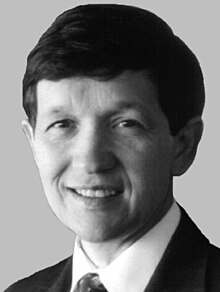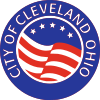
Dennis John Kucinich is an American politician. A Democrat, Kucinich served as U.S. Representative from Ohio's 10th congressional district from 1997 to 2013. From 1977 to 1979, he served a term as mayor of Cleveland, where he survived a recall election and successfully fought an effort to sell the municipal electric utility before losing his reelection contest to George Voinovich.

George Victor Voinovich was an American politician who served as a United States senator from Ohio from 1999 to 2011, the 65th governor of Ohio from 1991 to 1998 and the 54th mayor of Cleveland from 1980 to 1989, the last Republican to serve in that office.
Cleveland Public Power is a publicly owned electricity generation and distribution company in Cleveland, Ohio. It was founded in 1907 by then-Cleveland mayor Tom L. Johnson. Prior to 1983, it was known as Municipal Light. CPP does not have sufficient capacity to compete across the entire Greater Cleveland area. Rather, it is intended to create additional capacity and to create a benchmark price in order to prevent price gouging by local private utilities.

The mayor of Cleveland is the head of the executive branch of government of the City of Cleveland, Ohio. As the chief executive in Cleveland's mayor–council system, the mayor oversees all city services and is "responsible for enforcing the city charter, city ordinances, and the laws of the State of Ohio." The mayor's office is located at Cleveland City Hall at 601 Lakeside Avenue in Downtown Cleveland. Since 1836, the city has had a total of 54 mayors, including the city's current mayor, Justin Bibb, encompassing 58 mayoral administrations, as four mayors have served in non-consecutive terms.
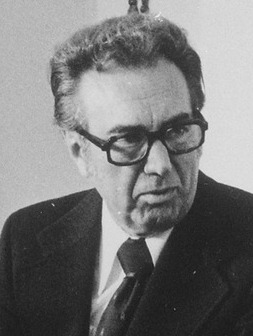
Ralph Joseph Perk was an American politician of the Republican Party who served as the 52nd mayor of Cleveland, Ohio.
Richard Duane Hongisto was a businessman, politician, sheriff, and police chief of San Francisco, California, and Cleveland, Ohio.

Edward Farrell "Ed" Feighan is a former American politician. He served as a member of the Ohio House of Representatives, and as a Democratic Party U.S. Representative from 1983 to 1993, serving Ohio's 19th congressional district.

The written history of Cleveland began with the city's founding by General Moses Cleaveland of the Connecticut Land Company on July 22, 1796. Its central location on the southern shore of Lake Erie and the mouth of the Cuyahoga River allowed it to become a major center for Great Lakes trade in northern Ohio in the early 19th century. An important Northern city during the American Civil War, Cleveland grew into a major industrial metropolis and a gateway for European and Middle Eastern immigrants, as well as African American migrants, seeking jobs and opportunity.

The 1978 Cleveland recall election determined whether or not the 53rd Mayor of Cleveland, Dennis Kucinich, would be removed from office. It was the first mayoral recall election in the city's history.

The 2008 presidential campaign of Dennis Kucinich, House Representative of Ohio and former mayor of Cleveland, began on December 12, 2006 when he announced that he would seek the nomination for the Democratic Party to run for President of the United States. Although a Democratic candidate, he was not included in the New Hampshire debates on January 4, 2008 or the South Carolina debates on January 21, 2008 because of his poor showings in the Iowa caucuses and the polls.

The Cleveland Division of Police (CDP) is the governmental agency responsible for law enforcement in the city of Cleveland, Ohio. Karrie Howard is the Director of Public Safety and Dornat "Wayne" Drummond is Chief of Police.
Thomas James Sinito, also known as "The Chinaman", was a powerful Caporegime in the Cleveland crime family who was once accused of plotting the assassination of then mayor of Cleveland, Ohio, Dennis J. Kucinich in 1979. Kucinich later became a candidate for the Democratic nomination for President of the United States in the 2004 and 2008 elections.

The 2018 Ohio gubernatorial election took place on November 6, 2018, to elect the next governor of Ohio, concurrently with the election of Ohio's Class I U.S. Senate seat, as well as other elections to the United States Senate in other states, elections to the United States House of Representatives, and various Ohio and local elections. Incumbent Republican Governor John Kasich was term-limited and could not seek re-election for a third consecutive term.
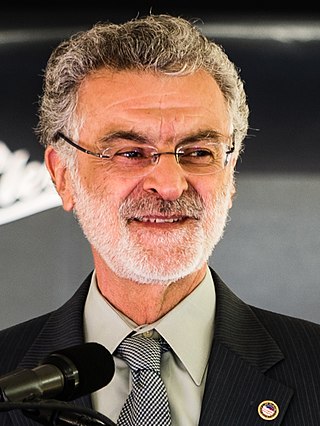
The 2017 Cleveland mayoral election took place on November 7, 2017, to elect the Mayor of Cleveland, Ohio. The election was officially nonpartisan, with the top two candidates from the September 12 primary election advancing to the general election, regardless of party. Incumbent Democratic Mayor Frank G. Jackson won reelection to a fourth term.
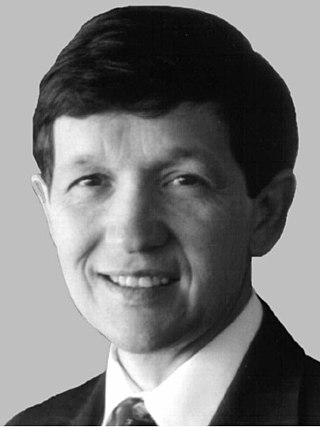
The 1977 Cleveland mayoral election took place on November 8, 1977, to elect the Mayor of Cleveland, Ohio. The election was won by Dennis Kucinich. The election was officially nonpartisan, with the top two candidates from the October 4 primary advancing to the general election.

The 1979 Cleveland mayoral election took place on November 6, 1979, to elect the Mayor of Cleveland, Ohio. George Voinovich defeated incumbent mayor Dennis Kucinich. The election was officially nonpartisan, with the top two candidates from the October 2 primary advancing to the general election.

The 2021 Cleveland mayoral election took place on November 2, 2021, to elect the Mayor of Cleveland, Ohio. The election was officially nonpartisan, with the top two candidates from the September 14 primary election advancing to the general election, regardless of party. Incumbent Democratic Mayor Frank G. Jackson was eligible to run for reelection to a fifth term, but instead chose to retire. Justin Bibb was elected the 58th mayor of Cleveland in the general election.

The Cleveland mayoral election of 1973 saw the reelection of Ralph Perk.

The following is a bibliography of Cleveland, Ohio. It includes selected publications specifically about the city, Cuyahoga County, and the Greater Cleveland Metropolitan Area.

James Charles Kulhanek was an American commercial artist and designer.
